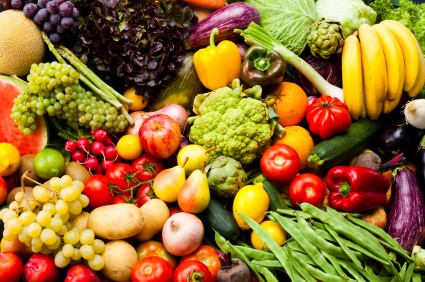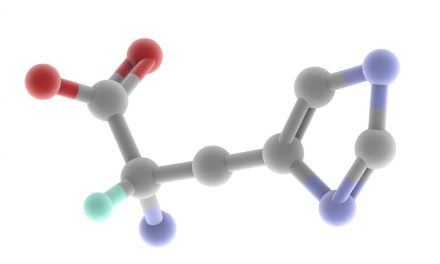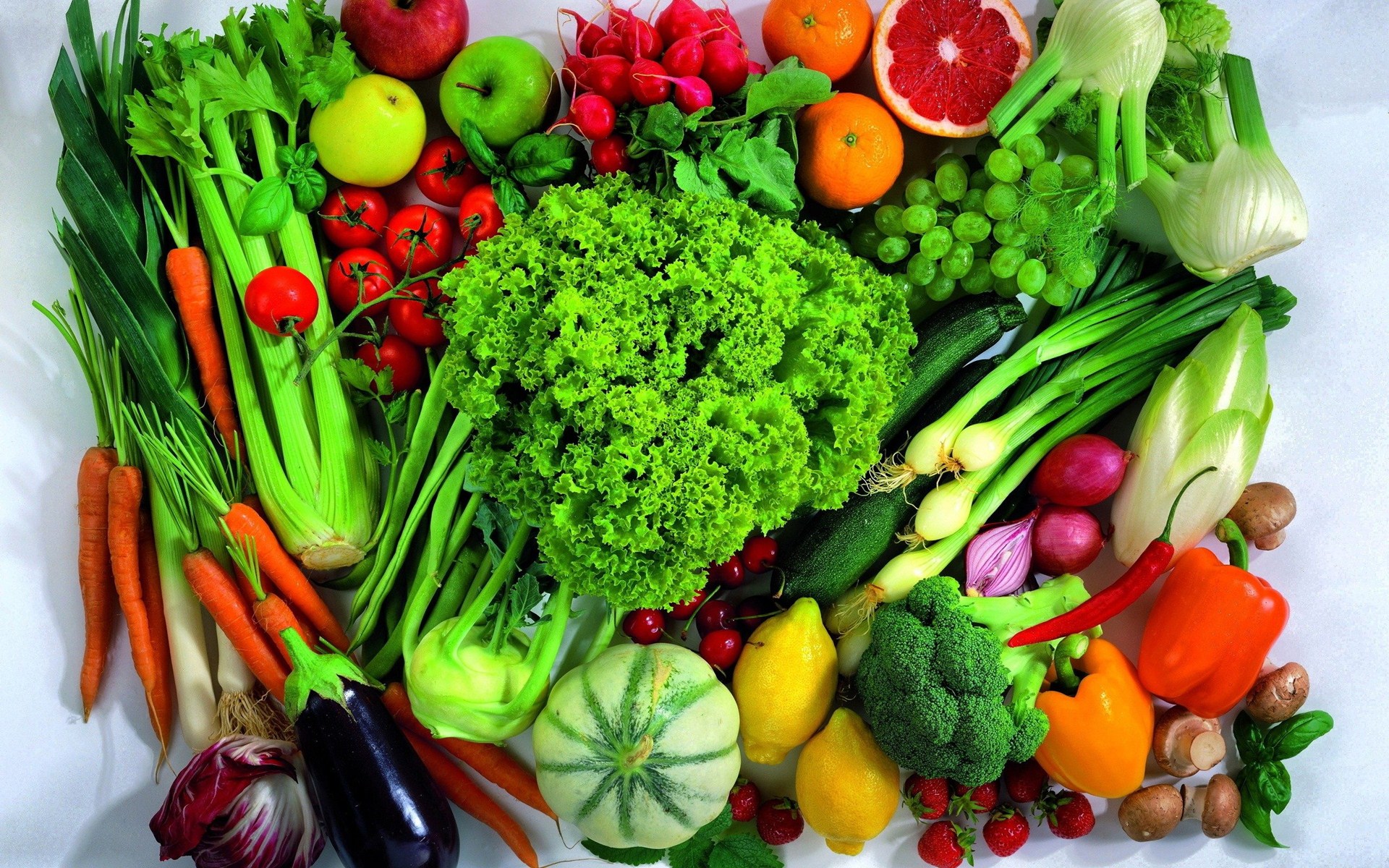When it comes to set a weight-loss food program a common error is to limit the strategy only to a mere calculation of calories. Sure caloric intake is important and should be considered, but even more important to be considered is our goal!
If the objective is to decrease body fat, the goal of our eating patterns must always be the same: keep up your metabolism!
Keeping up your metabolism level becomes our primary goal if we want to achieve tangible results and maintain them over time. Instead often we make the mistake of taking calories too low in dietary pattern.
A proper food plan
Daily caloric deficit inevitably leads to a decrease of weight but, at the same time, we have to accept a lowering of the basal metabolic rate (the amount of calories we need daily to live in a “vegetative state” without movement): our body always adapts to all stimuli (food or exercise) to which it is subjected and we can not continually reduce your calorie intake to further decrease fat because inevitably, our body will start to retake weight and specifically body fat.
By setting the eating pattern you understand that caloric intake becomes one of the many parameters to be taken into account, but not the only one. As previously explained in several posts, one of the primary rules, which must comply with a proper food program is to keep blood sugar more stable as possible during the day.
This is done definitely avoiding an hypoglicemic state (having small meals between the main ones), making a selection of those foods that have a high glycemic index and limiting intake to the minimum necessary requirement.
For example carbohydrates, that despite having 4.5 kcal per gram as proteins and less calorific value compared to fats that have 9 kcal per gram, instead have a glycemic index (the absorption rate into the blood cycle), much higher than the other two macro-nutrients. Keeping a hormonal balance is the first rule to be respected (Insulin – glucagon).
Another factor to keep in mind to get a high metabolism is to respect the protein intake recommended: 1 gr per kg of body weight for women and 2 gr per kg of body weight for man around (which is different in the case of the athlete). In this way, with the addition of an isotonic activity the guaranty to get a higher metabolism becomes a certainty.
Do not forget the importance of essential fats: they have the peculiarity to have a very low glycemic index.
The mineral salts and vitamins are defined as “catalysts” of the metabolic reactions of the body, so their depletion can bring in the subject a stop of the necessary metabolic reactions that have the purpose to promote weight loss. This point is very important because we are experiencing a period of great abundance relative to macronutrients (carbohydrates, fats and proteins) and at the same time we are living in a state of deficiency regarding the micronutrients (minerals and vitamins), due to food sophistication and storage.
The bottom line is that to promote weight loss we should not stop eating: we must raise our metabolism, with a proper diet plan and adequate physical activity to our functional morphological structure.













I am really thankful to the owner of this site who has shared this wonderful post at at this place.